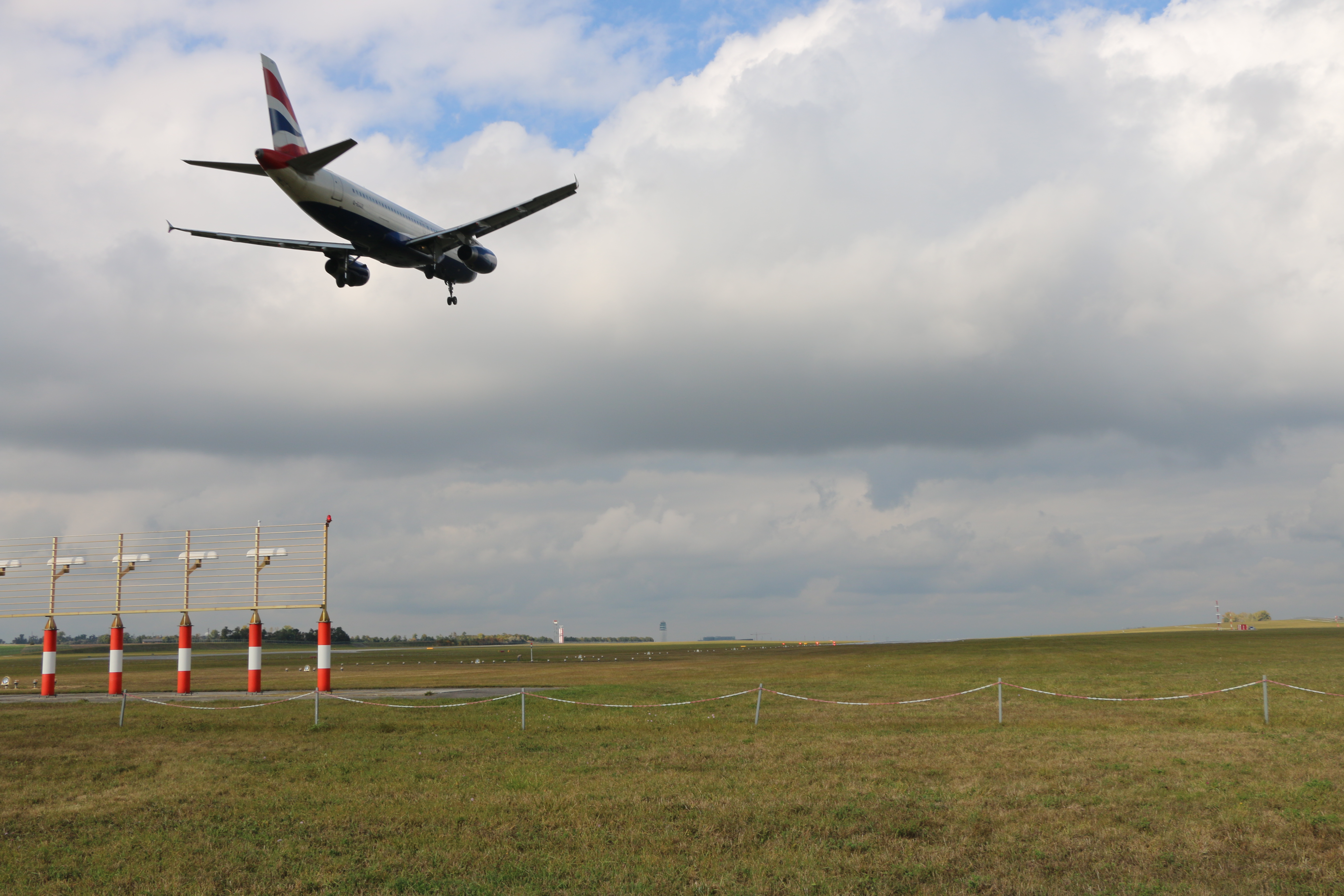Croatia Control and HungaroControl share their outlook on Summer 2025. During 2024 the summer traffic in the FAB CE region, especially within these two States, grew substantially, stressing their internal resources. As we prepare for the upcoming summer rush to nicer climates from all over Europe (and the World), we took the opportunity to speak with Croatia Control (CCL) and HungaroControl to better understand the outlook for this year.
Looking back
The record traffic levels during the summer of 2024 were not the only challenge facing these organisations. With routing implications caused by the Russia-Ukraine conflict and unpredictable weather occurrences the challenge grew even more. In addition, ANSPs face increasing pressure to improve operational performance in the face of managing increasing and unpredictable traffic scenarios.
Both organisations have taken measures to increase operational capacity and optimise functionality to face the challenges posed by continuous traffic growth. This will help to prepare for 2025 increases.
Some specific Improvement measures shared by CCL are:
- Ensure adequate pre-tactical and tactical planning and optimisation of sector availability and capacity together with rostering options to ensure appropriate first rotation and overall performance,
- Continue to development of ATM system that would enable additional capacity increase,
- Foster ATCO recruitment and training to ensure availability of operational staff that can provide adequate service to airspace users in the short-, mid- and long-term,
- Continue with development of adverse weather procedures including cross-border weather. Cooperation with neighbouring units and the Network Manager is crucial.
Predictability and volatility of air traffic
Reducing traffic volatility by increasing its predictability is an important aspect for efficient and safe air traffic control. To achieve this, close cross-border cooperation between many aviation industry players is needed.
HungaroControl has had initiatives and proposals in this domain, one of which is a conference organised to define more effective management of intruder flights.
From CCL’s perspective there is still a significant issue regarding flight plan adherence. Only 41% of all flights within Zagreb AoR in 2024 complied with the flight levels defined in the filed flight plans. This issue is an example of a substantial impact predictability and volatility causing over-deliveries and overloads in the Zagreb ACC.
This issue has been recognised by the Croatian civil aviation agency and a workshop was held with all stakeholders in Croatia to raise the awareness and importance about flight plan adherence. CCL believes that this issue can only be solved effectively at the network level.
Expectations for 2025 summer traffic
“Croatian airspace is expected to remain one of the hotspots, along with other ANSPs on the Southeast Axis. Continuous traffic growth is expected. The increase of traffic in the first 3 months of 2025 has already been almost 13%”, shared Dubravko Meco, ATM Executive Director, CCL. Although the current traffic outlook predicts the pace to be a little slower during the summer season, CCL is confident that the traffic level will be greater than published in STATFOR forecast.
Based on the forecasts, HungaroControl expects an 8-12% increase in transit traffic, as well as a 10-15% increase in the number of aircraft movements, including both arriving and departing flights, at Budapest Liszt Ferenc International Airport.
ANSP Preparations for 2025 summer traffic
Preparations in advance of the expected increase in summer traffic fall into a few key categories:
- ATCO training and staffing
HungaroControl has recruited foreign air traffic controllers to the KFOR sector and reorganised the training programme. This will allow relief of the burden on instructors, who can be deployed more frequently during the summer peak period. The positive effects will be noticeable this summer with medium-term plans to increase the number of air traffic controllers (ATCOs) by accelerating the training programme and modernising it. CCL is also increasing the number of ATCOs to support the summer timeframe.
- Airspace utilisation
CCL has proposed and implemented network traffic distribution measures and flight level redistribution measures. The measures have been agreed with all ANSPs affected, airspace users and the Network Manager. The main goal is to reduce complexity and workload to gain more capacity.
HungaroControl is transforming the airspace structure by opening new sectors to improve airspace utilisation to increase the country's throughput. They have also strengthened cooperation with the partner providing aviation meteorological services to mitigate the negative effects of the variable summer weather, avoiding unnecessary airspace restrictions. Additionally, they are continuously cooperating with civil and military airspace users, European air traffic coordination bodies, neighbouring ANSPs, and other key partners to be better prepared with capacity-increasing measures to decrease delays.
- Technology and operations
HungaroControl has introduced various technological innovations and work process related modifications to support controllers, making their operation more efficient.
CCL has made a number of operational improvements: a new division level has been implemented to distribute traffic more evenly within sectors, new functionalities in the ATM system and working methods, and evaluation of sector capacities where possible increased.
“We have implemented a number of measures to enhance capacity and efficiency, ensuring we are well-prepared for the expected surge in traffic this summer. HungaroControl is committed to meeting the challenge posed by the constantly increasing traffic.” – Eichinger Áron, Director of Area Control, HungaroControl.
How can airspace users help?
It is in all our common interest that air traffic continues to grow. Every improvement we can made to support this growth benefits ANSPs, airspace users, and the end users - passengers.
Realistic schedules and flight plan adherence are crucial to traffic predictability and the ANSPs’ planning processes. This includes more realistic turnaround times and schedules. These are ways airlines can greatly contribute to reducing delays during the summer peak season.
Closer cooperation between ANSPs and the Network Manager would also have a beneficial effect on the management of European air traffic.

